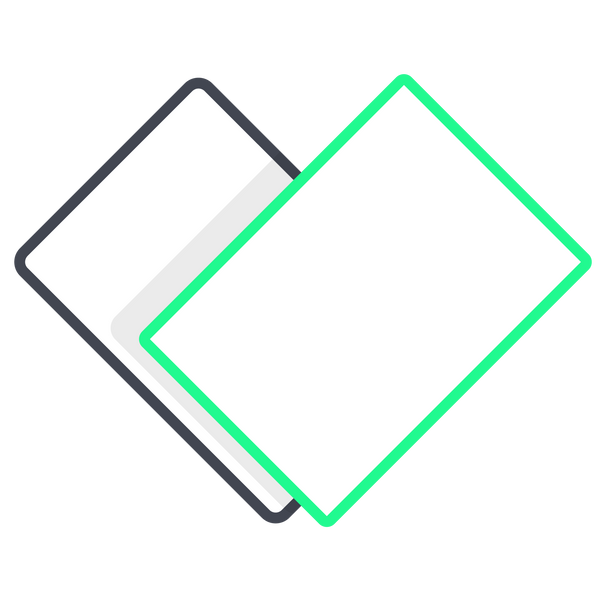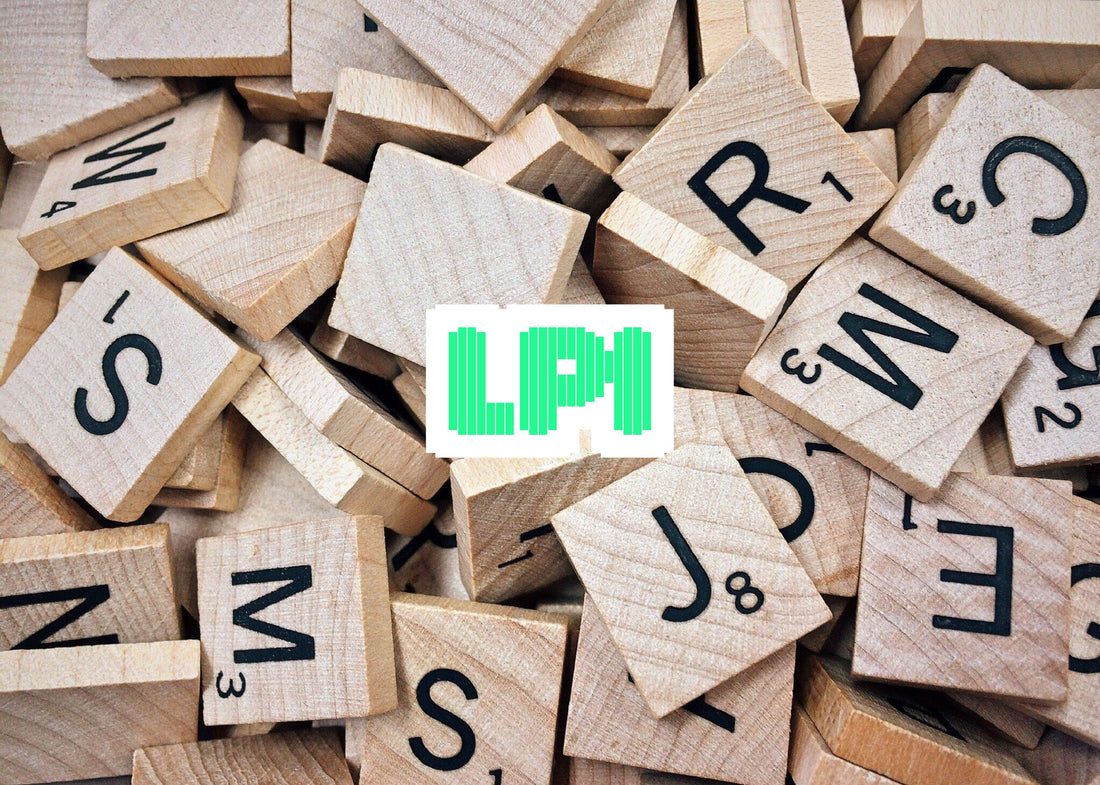LPI
Application of 'LPI'
With lenticular printing, using the correct LPI value is essential for the quality of the effect. Each lenticular sheet must be measured, because (even from the same batch) each lens is just a little bit different. This sometimes only makes a difference in values of 0.01!
The lenticular sheet must match the printed images perfectly. You do this by entering the correct LPI value in the software you use to merge the images. The software then works hard to create the right image.
For example, you say about a lens that it is a 40 LPI lens. This means that the lens contains 40 lenticules per inch. If you then enter 40 LPI into the software, things do not always go well! Because what if the lens has 39.97 LPI? The effect will then not work well/beautifully. With the flip effect, the change will happen too early, causing you to see both images next to each other.
How do you find out the LPI?
To find the right value, do a pitch test . This is a printed file with all values on it and next to it a horizontal line of many vertical lines. You guessed it: how thick those lines are corresponds exactly to the LPI value next to them.
You can place the lenticular sheet over this and then see which stripe shows the best effect. This is the correct pitch (LPI value) that you enter in the software.
It is important to do this every time. The value can differ not only per lens, but also per material you print on, printer and viewing distance!
Different LPIs and their applications
There are many different types and sizes of lenticular lenses. These range from LPI values of 20 to 200! These sheets all have their own place in terms of application. For example, lower LPIs are better for large format and a greater viewing distance.
What is also common is that the lenticular sheet becomes thicker the lower the LPI value. These thicknesses are often somewhere between 0.3mm and 2mm.
For large sizes, thicker is useful, because then it is less easy to bend. This way you get fewer lumps. The greater viewing distance of a low LPI is also better for these formats.
For small formats, a higher LPI may be better. The thin lines ensure that the images have little loss of quality and the thinness can be useful for flyers, for example.
So many different things are possible with these prints. It is looking at the goal and what best suits it. This way you get beautiful results!




